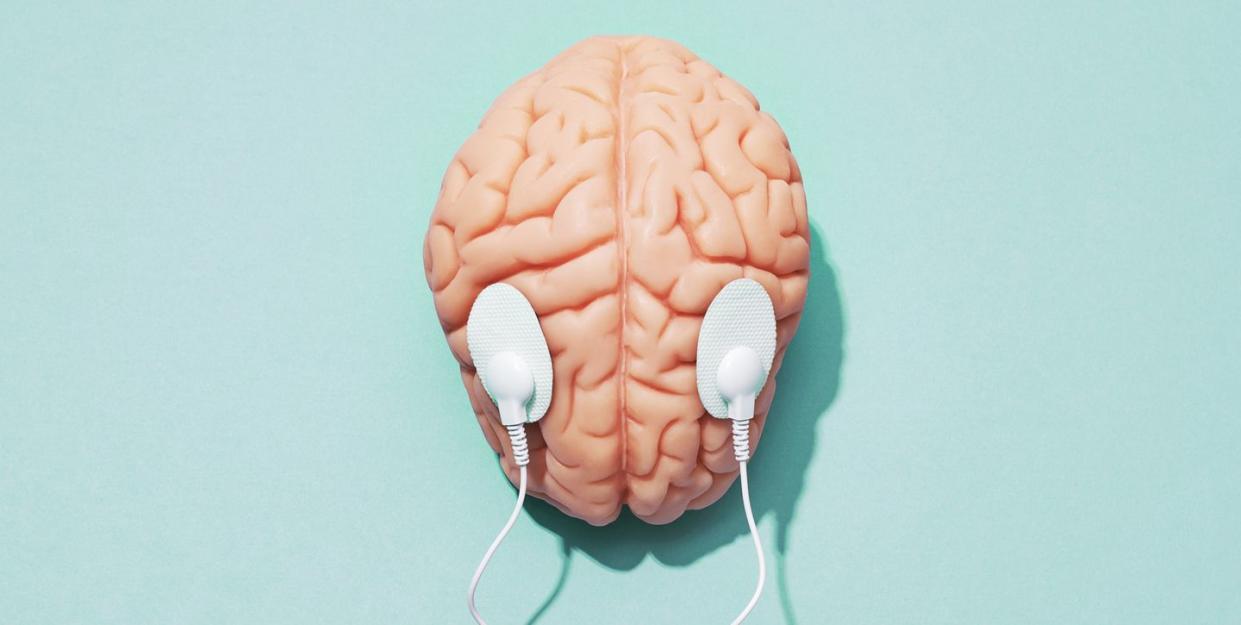'Brain Drawing' Could Help Give the Blind a Sense of Sight

Researchers have found a way to help the blind see again—by drawing on their brains.
While it may seem like a strange concept, it's actually stimulates a portion of the brain's cortex—V1, the area responsible for visual processing in the occipital lobe—in order to set of pinpricks of light called phosphenes which could help the visually impaired see.
Current technology needs further development in order to provide long-term vision in the blind, but the research is promising.
A new paper in Cell describes a radical treatment that may give the visually impaired the ability to see again. Using a visual cortical prosthesis (VCP) implanted on the brain, researchers were able to stimulate figures which allowed subjects to see the figure via electrical impulses.
This procedure produces a small flash of light—known as a phosphene—without any light actually entering their eyes. For example, the lights you see when you rub your eyes are classified as mechanical phosphenes.
Study subjects included sighted and blind participants who reported what they were ‘seeing’ as researchers traced shapes on the surface of the brain's visual cortex by “stimulating electrodes in dynamic sequence.” Blind participants recognized the shapes being drawn—even as they appeared at a speedy 86 forms per minute. The researchers also note that their findings support the use of a brain prosthesis in order to restore some semblance of vision in the blind.
In this case, the visual cortex is the best location for a VCP as it's the area of the brain that processes information from the eyes. In the 1960s, researchers kind of had the right idea when they theorized that stimulating certain spots of the cortex might help the blind see thanks to the phosphene phenomena. What they got wrong was the assumption that stimulating individual spots would create a cohesive picture in the mind's eye.
According to study authors Michael Beauchamp, a neuroscientist, and Daniel Yoshor, a neurosurgeon, our brains are wildly complex and “for reasons that we don't yet fully understand, it is actually very difficult to produce recognizable forms from phosphene combinations.” Still, the researchers managed to find a way around this as they conducted their research. In the study they write:
Our new stimulation paradigm can be explained by analogy to tracing letters on the palm. To convey the letter “Z,” one could press multiple probes arranged in a “Z” pattern into the palm. However, this technique produces a percept of a touch without coherent form. Alternatively, one could dynamically move a single probe in a sequence that matches the “Z” shape which immediately produces a coherent letter percept.

Although it seems promising, this kind of technology is still in its infancy and will require time for further development. This initial study only utilized a couple of electrodes whereas thousands would be needed to "paint" a better pictures for those using the tech. Additionally, durable electrodes that are compatible with our biology will need to be created for long-term use and implantation in order to help the visually impaired see again.
We're not quite there yet, but we seem to be going in the right direction.
You Might Also Like


